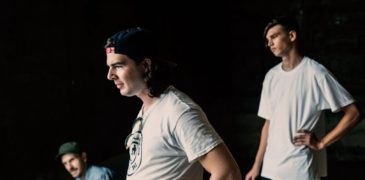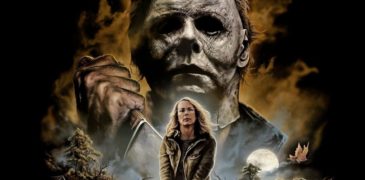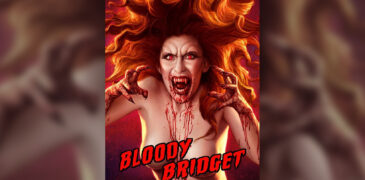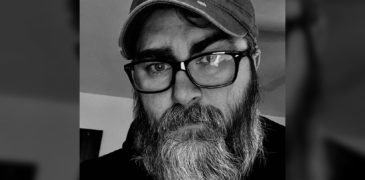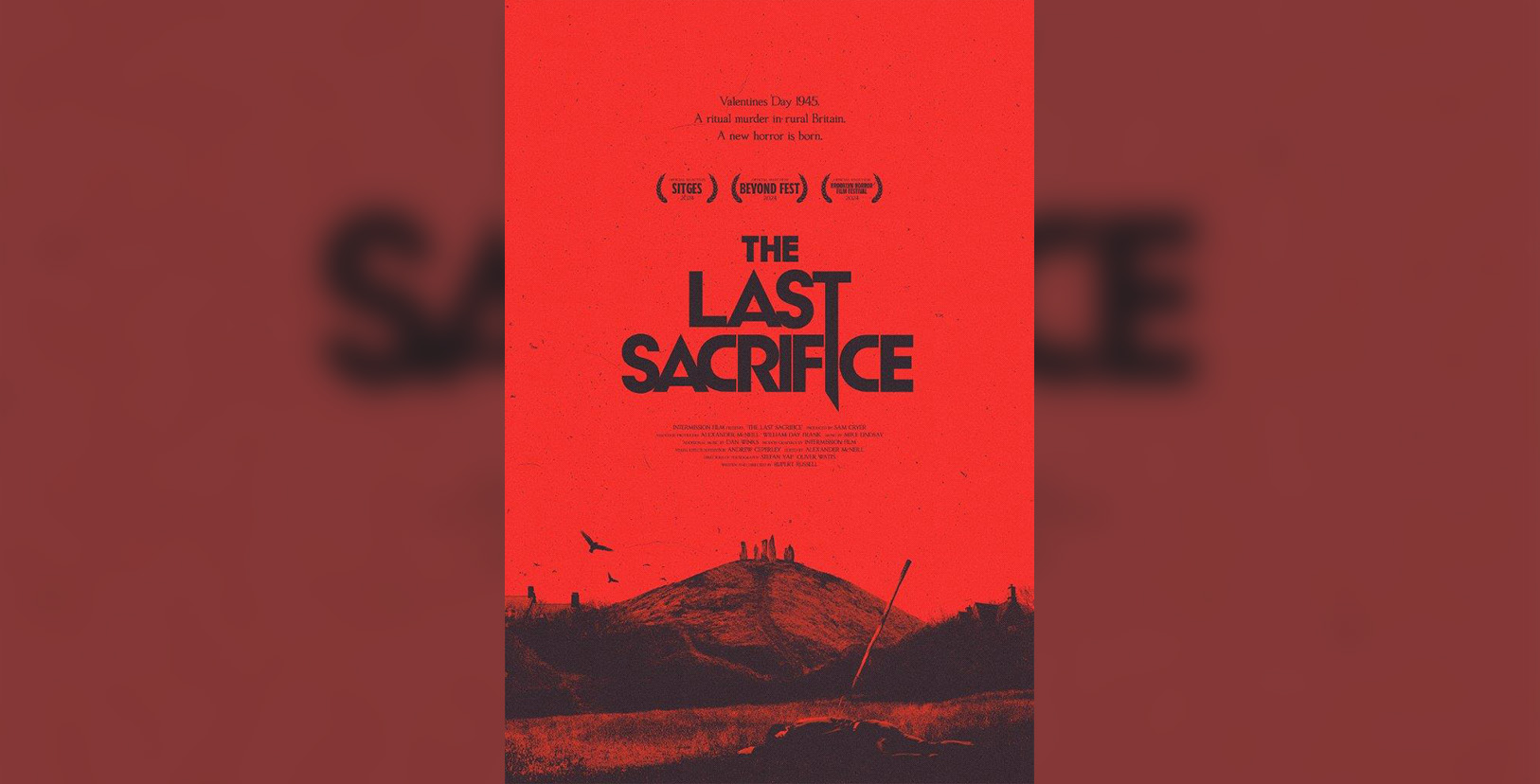
Ahead of the UK premiere of the horror documentary THE LAST SACRIFICE at FrightFest Glasgow 2025, director Rupert Russell reflects on the making of a grizzly true-crime investigation that probes into the eerie, enigmatic cultural undercurrents that shaped the British folk horror genre.
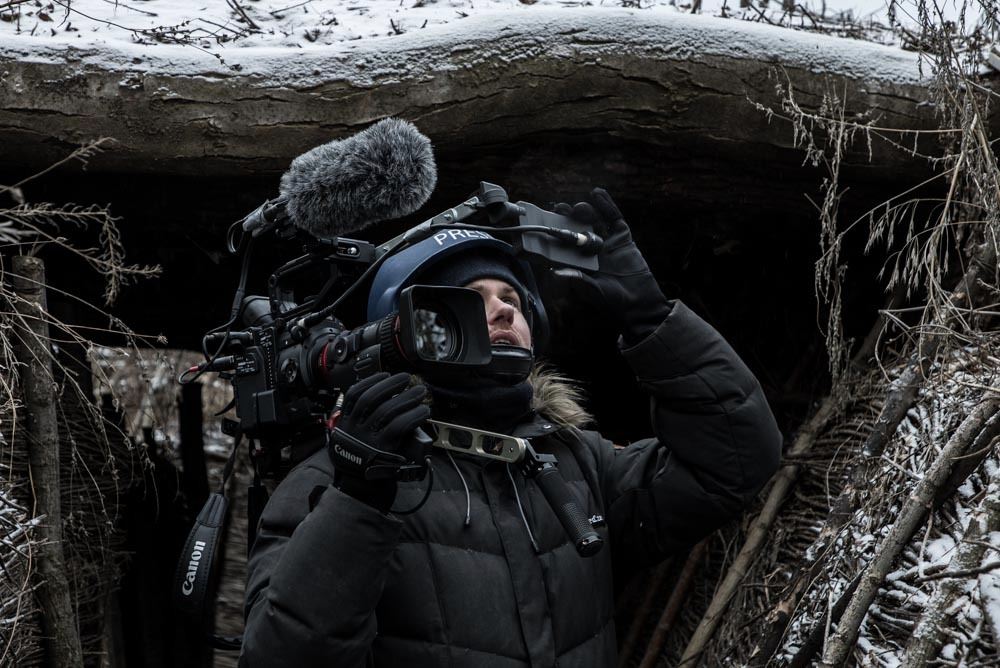
Your film is having its UK premiere at this year’s FrightFest Glasgow event. Excited or what?
Indeed, suitably close to Summerisle, the fictional island in The Wicker Man.
What initially drew you to the project?
Embarrassingly, I had only watched The Wicker Man for the first time in 2022. I did not see it as a horror film. To me, it was a documentary of what living in Britain was like over the past several years. The madness of Summerisle was indistinguishable from the madness of the British Isles. That climatic scene on the mountaintop, where Srgt. Howie pleads for his life, begging them to see that ‘killing me won’t save your apples’, only to be met by the collective shrug his Lordship gives, ‘I know it will’, for me has been an almost daily experience.
I was telling a close friend all this when he stopped me and said, ‘well, you know there was a real murder this was all based on?’
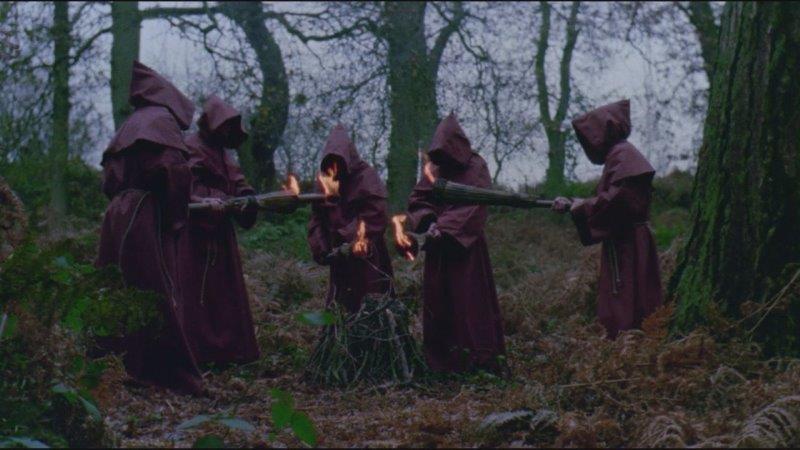
It’s centered around the unsolved murder of Charles Walton in 1945, giving the documentary the feel of a true-crime investigation. What is the background to the case?
Charles Walton was a 74-year-old farm labourer who, on Valentine Day, 1945, was discovered in a field in the Cotswolds with a pitchfork in his face and a bellhook buried in his throat. The scene was so grizzly that the Warwickshire police called Scotland Yard requesting help, and they sent none other than Britain’s most famous detective: Robert Fabian of the Yard. When he arrived, he described the murder as a ‘slaughterhouse horror’. But despite his own investigation, and years and years of further attempts by the local police, no one was ever charged with the crime.
What fascinated you about the case?
The fascination for me wasn’t who did it, but who do we believe did it, and why? Mysteries are mirrors, they are reflections of ourselves. In the case of an unsolved murder, we project our paranoid fears and fantasies onto the face of the imagined killer. The theories that griped Britain were, therefore, really theories about the British themselves. And the theories that emerged contained many novel features we hadn’t seen before in fact or fiction. In particular, the theory that the source of danger was not the perennial outsider – the Nosferatu figure invading the city walls – but rather the otherwise ‘normal’ insider. The enemy within.

How would you compare the British folk horror films of the ‘60s and early ‘70s to the American ones that came later?
The British films all feature a member of the new professional class – a teacher, doctor, or policeman – who goes to a strange English village. They’re the victim of a conspiracy between the peasantry and an aristocrat who commands their loyalty through pagan gods or voodoo magic. They are paranoid tales of a reactionary counter-revolution, where Atlee’s new social democracy will be rolled back to a feudal time.
In contrast, the American films are about going somewhere foreign and are led by naive tourists, such as An American Werewolf in London or Midsommar. They encounter not a class conflict, but a cult: an ideology taken to a dangerous extreme. When you consider that the Americas are the place we dumped our own religious nutters in the 17th and 18th centuries, their fears may well be quite rational.
What is your favourite folk horror movie?
I was ignorant of the genre when I started making the film and it was a true joy to take a compressed crash course. My favourites would be Panda’s Fen, The Plague of the Zombies, Twins of Evil, and Demons of the Mind.
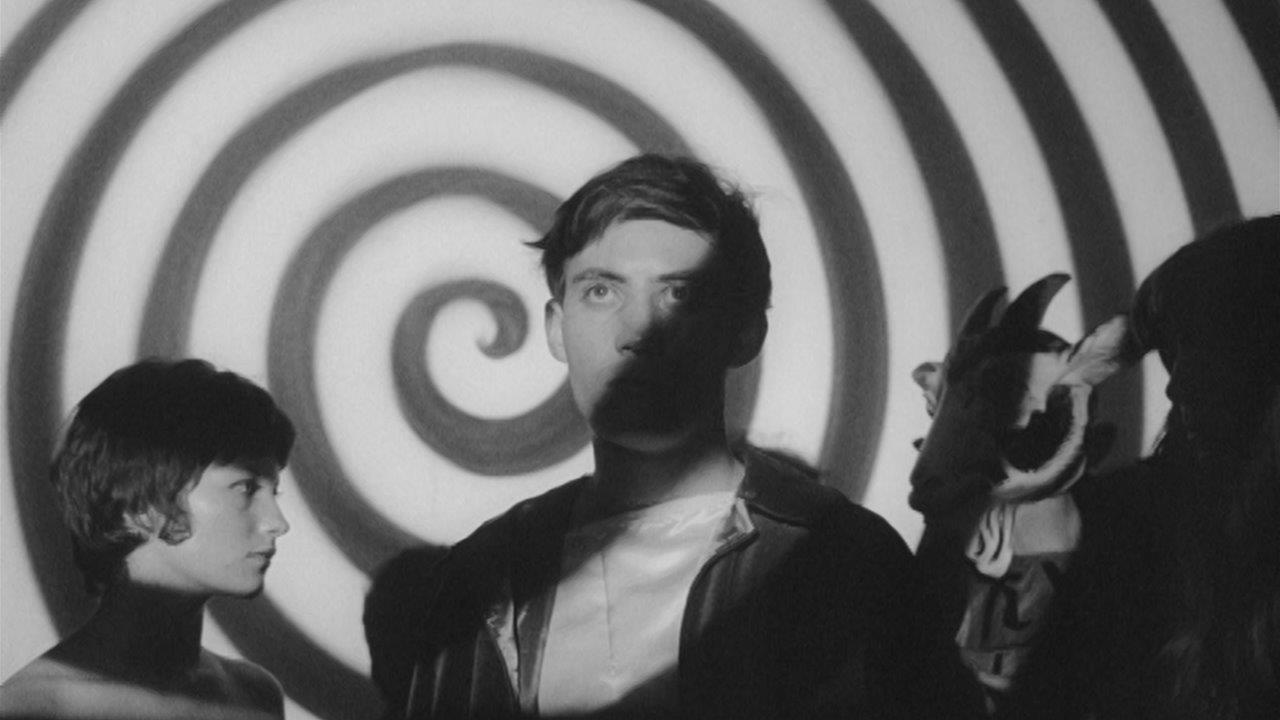
Finally, what’s next for you?
I have two fiction horror films that are in development, and another film archive doc.
THE LAST SACRIFICE is showing at the Glasgow Film Theatre on Fri 7 March, 3.30pm, as part of Pigeon Shrine FrightFest Glasgow 2025.
More Interviews
Thomas Burke is an award-winning filmmaker and editor based out of Austin, Texas. He has spent over the last decade freelancing in various production roles including film directing, acting, producing… “Fright-Rags is an American company known for releasing apparel based on horror films and other horror-related media. The company was founded in 2003 by Ben Scrivens, and is based in… Raised in Laguna Beach, California, Anastasia Elfman is a stage and screen actress, dancer, choreographer, burlesque artist, as well as make-up/sfx artist, and producer known for her work in such… Todd Keisling was born and raised in a small town in rural Kentucky; those of you who’ve read Devil’s Creek were treated to a dark mirror image of the town…Interview with Director/Editor Thomas Burke – Found Footage Aficionado
Interview With Ben Scrivens of Fright-Rags (Video Content)
An Interview with Anastasia Elfman – Screen Actress, Dancer, Choreographer
God, the Devil, and Rock: An Interview with Todd Keisling
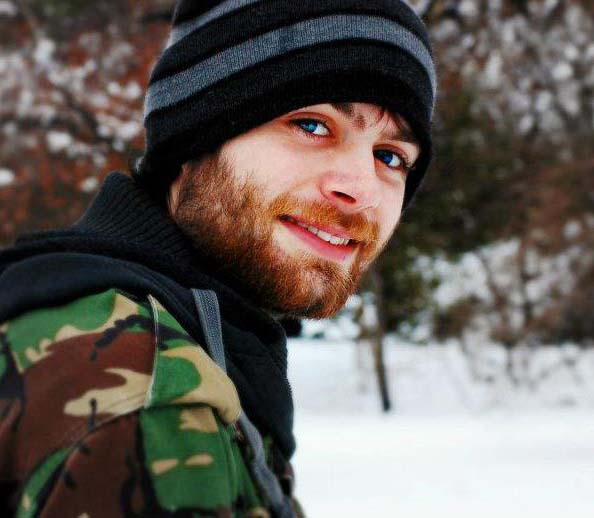
Hey there, I’m Jim and I’m located in London, UK. I am a Writer and Managing Director here at Grimoire of Horror. A lifelong love of horror and writing has led me down this rabbit hole, allowing me to meet many amazing people and experience some truly original artwork. I specialise in world cinema, manga/graphic novels, and video games but will sometime traverse into the unknown in search of adventure.

